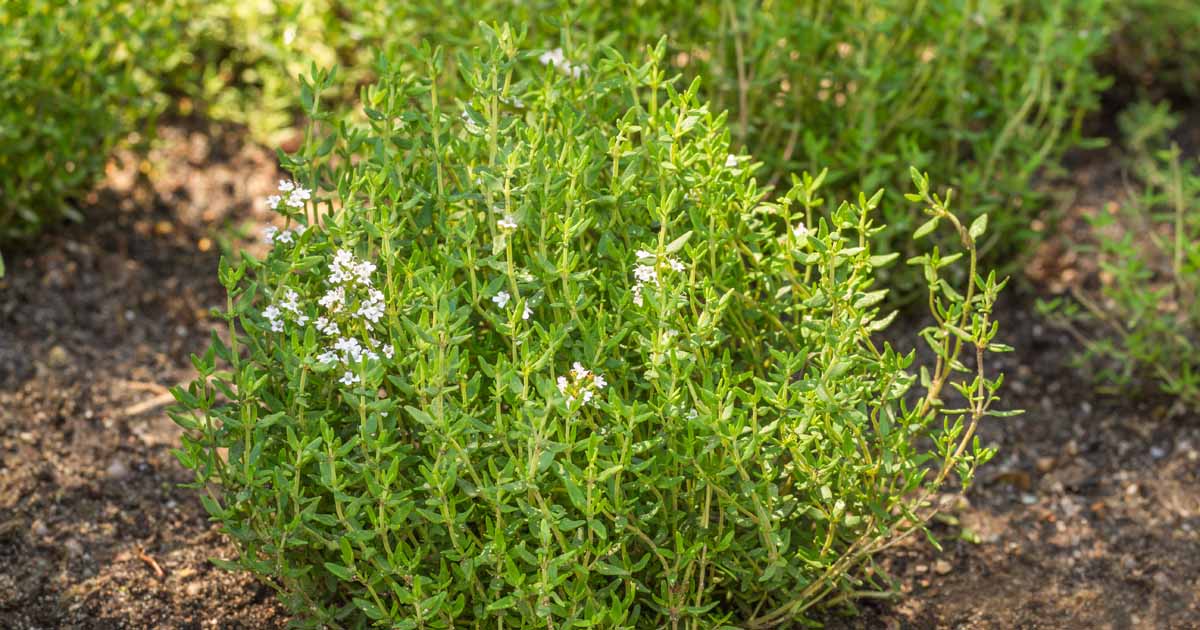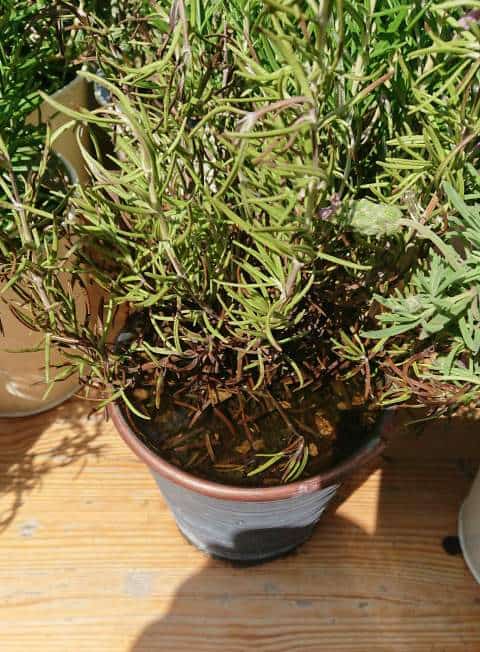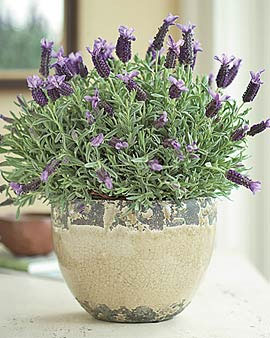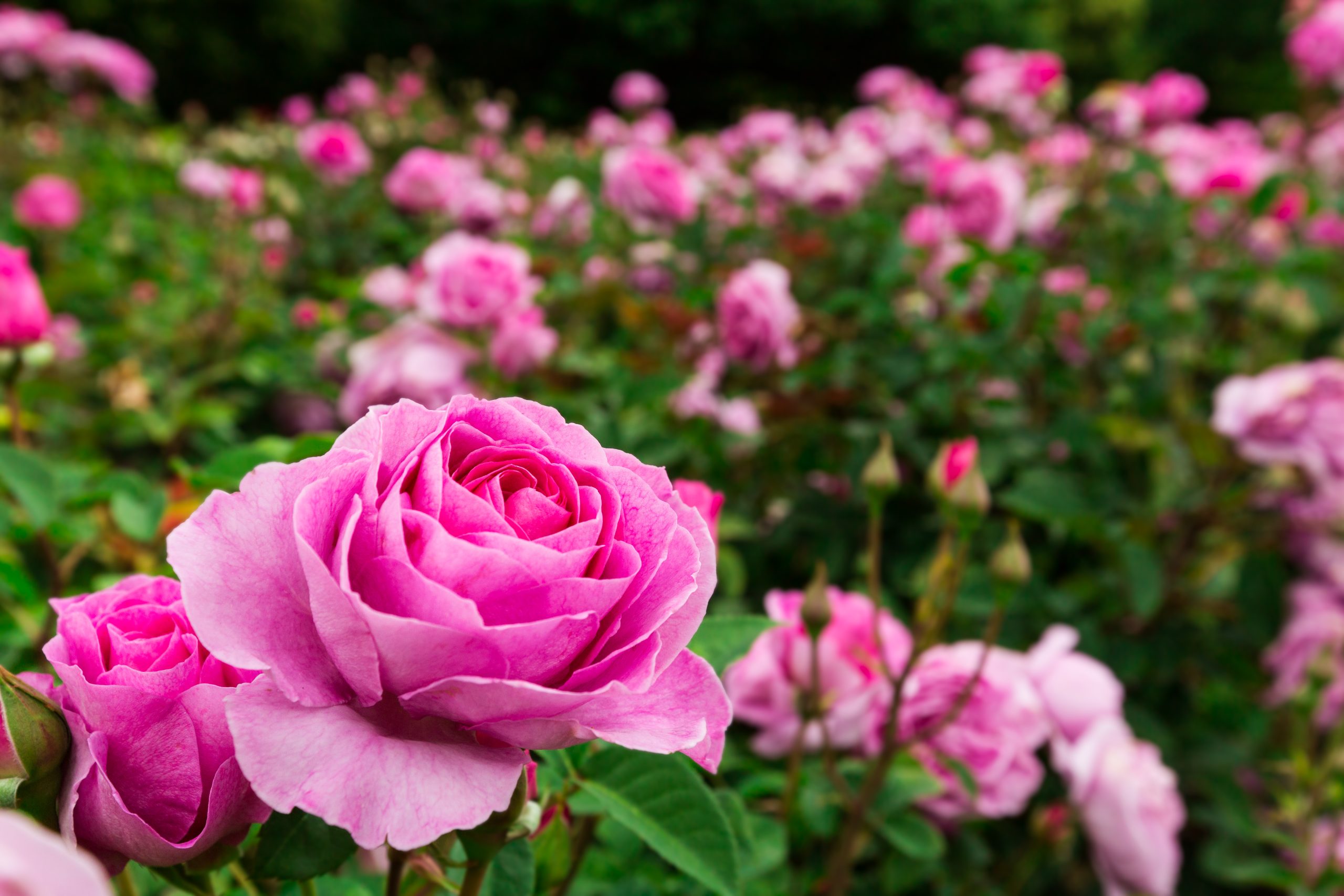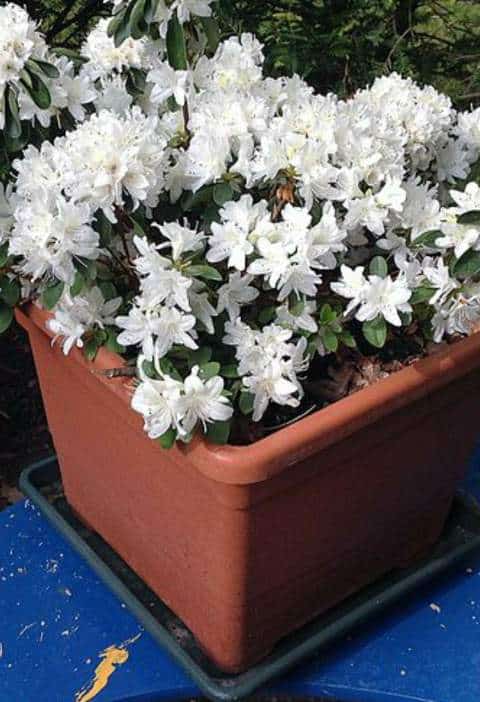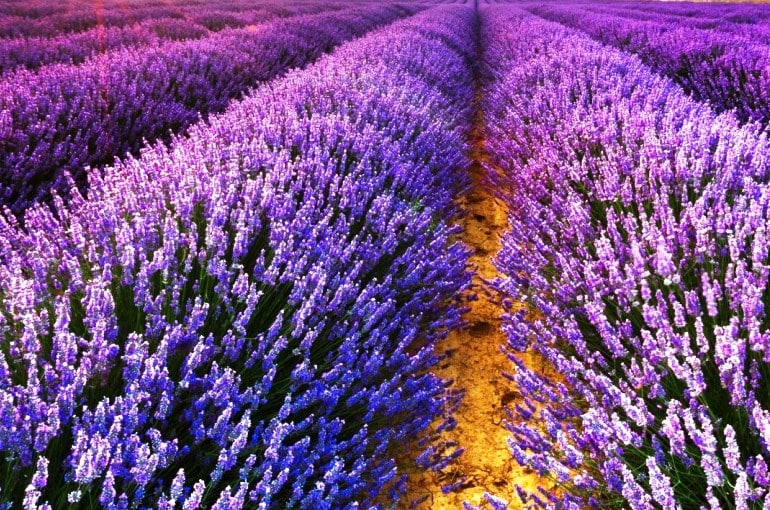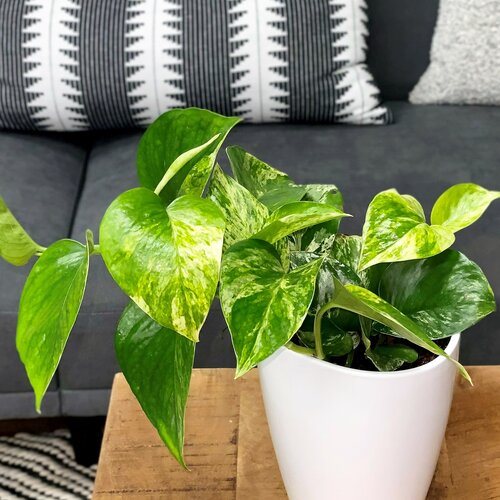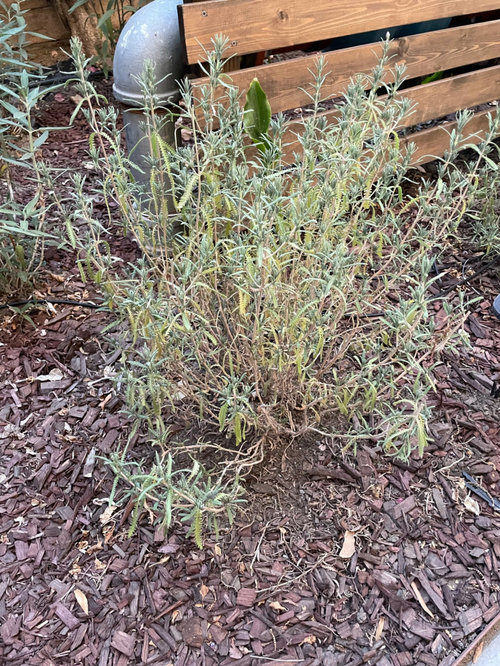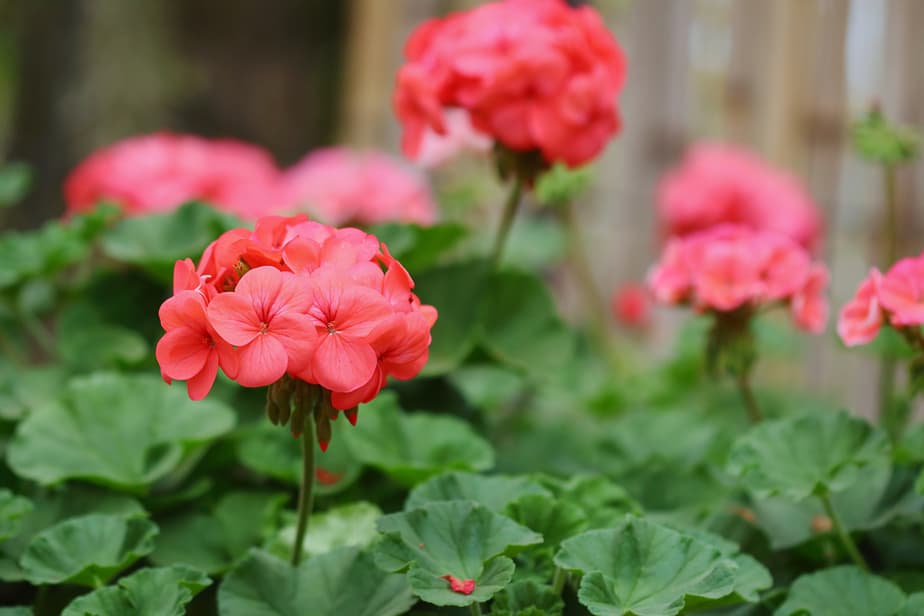Thyme Plant Dying? (How to Revive it)
Thyme plants are low-maintenance perennial herbs that are indigenous to Europe’s Mediterranean region and have adapted to its arid climate. Thyme has a short lifespan and, with good care, can continue to produce leaves for use in cooking for about 5 to 6 years. Thyme plants need to have some of the same growing conditions …

